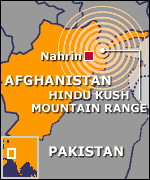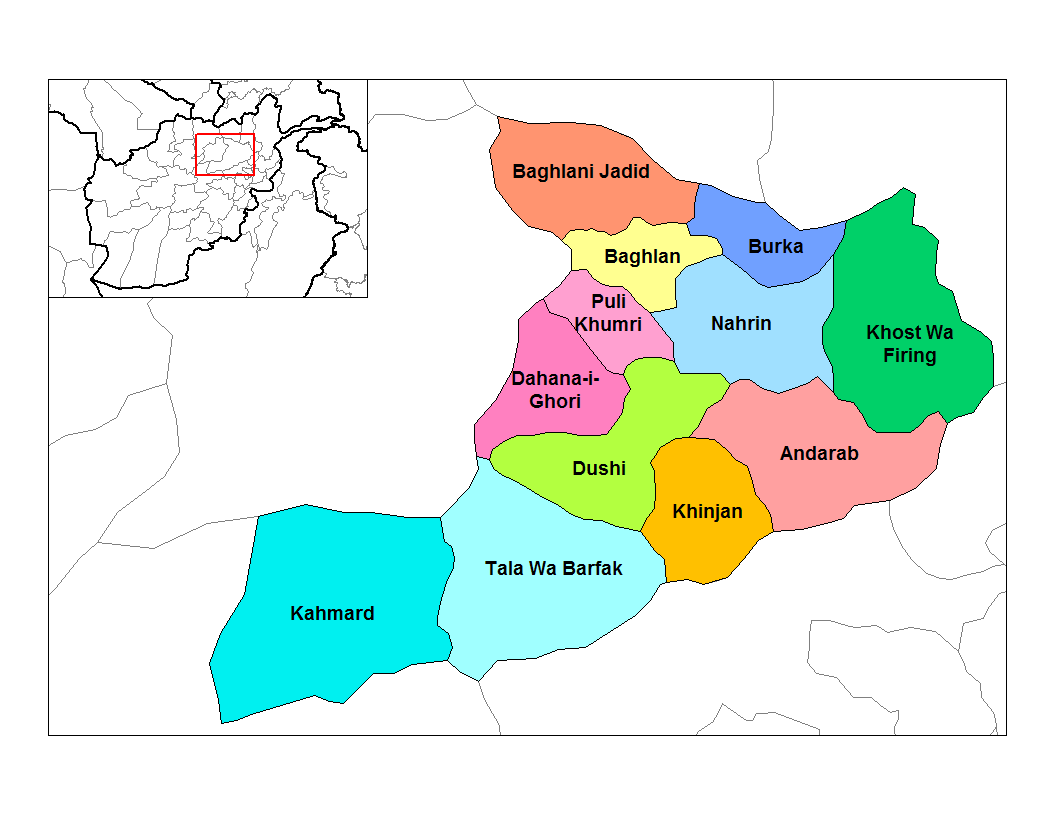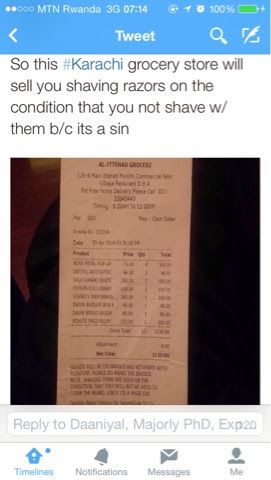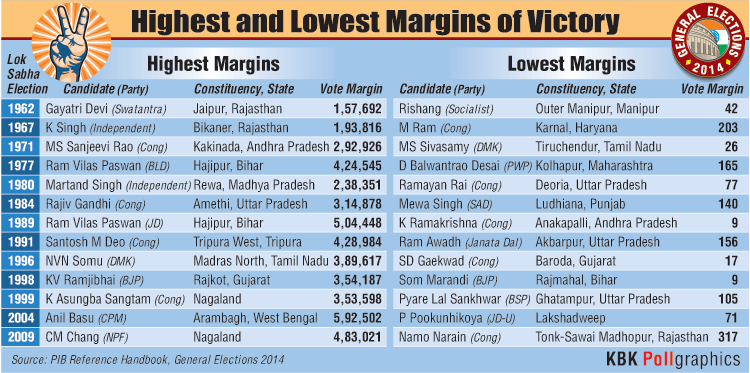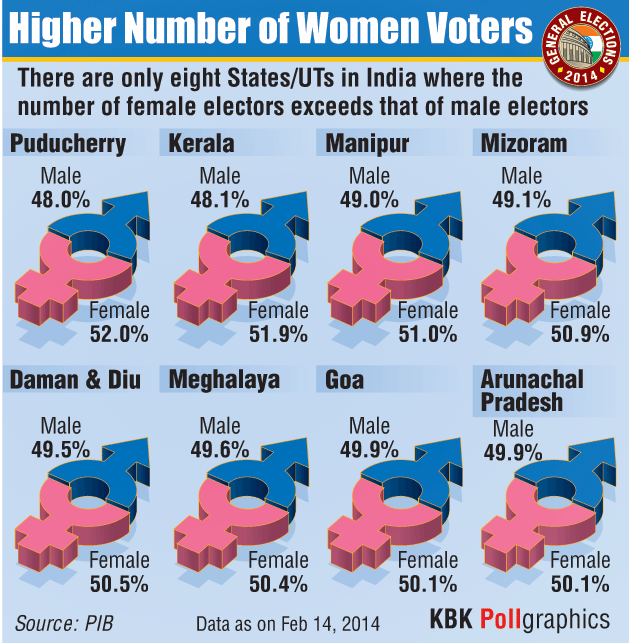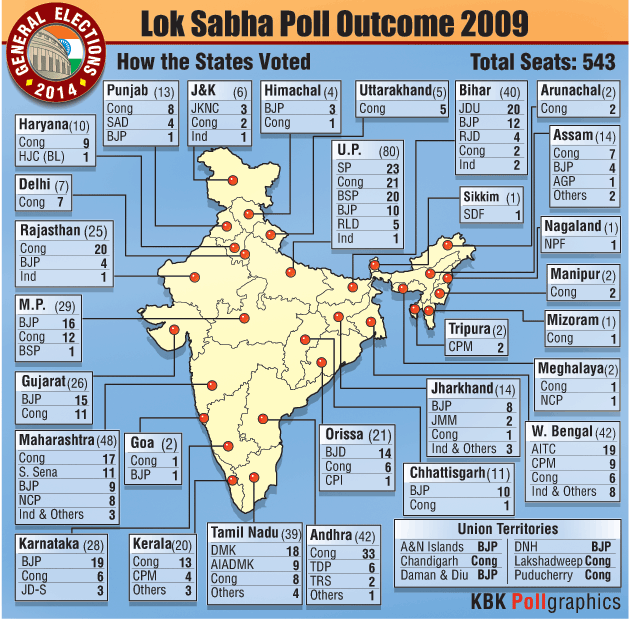This obviously cant be boiled down to hard numbers and everyone will come to the conversation with some inherent bias, thus there would be no satisfactory resolution.
But here is one more provocative thought. Pakistan was created to be a sanctuary for South Asian muslims. How much public acceptance (as opposed to private agreement) is there for atheists? Religion of all colors are inherently patriarchial, also with respect to tabla playing (and generally all music) we would imagine Islam would frown a bit more than Hindu-Sikh-Jain-Buddhism (we have always associated Christianity in India with music, but not with women playing percussions).
I went to a tabla and lecture demonstration at
Amherst College. I went because I love percussion, all percussion, but
tabla most of all. I went also in homage to the pair I left behind in
Lahore in 2008. The year before leaving, I’d taken the very tentative
step of learning how to play this daunting but thrilling instrument in
my ‘old’ age.
Music lessons and I have had an uneasy
past. My father loved South Asian classical music more than anyone I
know, yet he never put a South Asian musical instrument in my hands….Then
in 2007, not at age seven but 37, I decided to do it. My ustad’s name
was Ustad Ghulam Sabir. He was by his own admission not a professional
player, but he had an excellent ear and was often called upon by
professionals to tune their tablas.
Ustad Sabir was always patient. He kept adding more compositions (kaida, dadra, jhaptal), while I struggled with counting the beats and urging my fingers to keep up. Often, I did hear
the beats. I knew what I should have been doing. If only the tabla had
fallen in my hands 30 years earlier, instead of the piano I couldn’t
even hear!
After
about eight months, he said he couldn’t teach me more, not because I’d
learned much, but because he’d passed on all he believed he could. He
referred me to a music center where I studied with a professional ustad
and about a dozen boys, a lot younger than myself who’d been playing
since childhood. Though they never initiated a conversation with me, I
never felt any hostility from them. And though they had no reason to be
as attuned to my playing as I was to theirs, when I got something right,
there’d be a kind of silence in the room.
But there was
one boy who did more. He could have been 17 or 27, was always the one
called upon to bring the tea, and was generally treated differently.
More brusquely, yet also with more familiarity, as though there existed
between him and the ustad (and other musicians, for instance, the
harmonium player who sometimes accompanied us) an understanding.
I
never learned what this understanding was because he was the shiest of
us all. However, he was usually the first in the room and would be
warming up when I arrived. When I also started to warm up, he’d join me.
It was subtle and sweet; we were having a conversation. I remember well
the tilt of his head and his sleeveless mustard sweater and how the
head would tilt a little more when I stumbled, or else the fingers would
wait in the air, and when I found the beat he’d nod quite vigorously
and rejoin me at just the perfect moment and with just the smallest
smile.
But he would never, ever, meet my eye. I tried to, but
backed away when I feared I was crossing a boundary. It was better to
stay within the boundary than to risk losing his friendship in music. A
music without borders.
Then, two days ago, I went to the tabla
lecture and demonstration at Amherst College. It was enormously
enjoyable, till the end. The pandit, a buoyant man from the
Benares tabla gharana gave us, his very small but eager audience, time
and care as he described the tablas – how they’re made, what the left
and right is called, etc.
The atmosphere was relaxed, so I decided to share what had
been going on in my head:
‘Why do you think women are still not playing the tabla, at least not publicly?’
He grew very serious, if not a little irritated, and said, ‘Oh, you can’t do it. It is just too difficult.’
I tried to say that of course now
it is too difficult, for me, but what if girls were urged to play from a
young age, the way he was? The way a few are encouraged to play other
instruments, or to sing?
He again said, ‘You can’t do it.’ And
then, ‘I had to practice for 14 hours each day. Could you do that?’ It
was obviously a rhetorical question. He didn’t pause. ‘My fingers would
grow bloody. You couldn’t.’
At this point I began to notice what
I’d never noticed in those months of learning tabla in macho Lahore, in a
room full of testosterone. Disapproval.
I kept on. ‘In Pakistan there aren’t even many women learning how to play.’
He
scornfully cut me off. ‘In India there is no restriction. Women can do
what they want. But they can’t play professionally. They can do it only
for fun. I have two women students. They are good. But they will never
be professionals.’ He seemed to think about this more for a moment, and I
foolishly grew hopeful. What he added was this, ‘Dance is difficult
too, but it is soft!’
I did not know what to say.
As a last point he offered, ‘The tablas weigh over 20 kilos. For how long are you going to ask someone to carry them for you?’
By this time, there were too many thoughts raging in my brain to know which one to speak, or even how.
For
instance, when or how did this turn into ‘India is free but Pakistan
isn’t’? Really, in India there are no restrictions on women? Do you not
know that you create can’t by saying it – that can’t is a restriction? And your poor women students! If you already know what they will never be, what can you teach them? Do it for fun. You mean, the fun you are having is more than fun – but their fun is somehow less?
I
wondered how much of the tension in the room had to do with a certain
etiquette that I, myself, had struggled to maintain, as I’d ventured
with the question. He was a pandit. A master. He’d shown us that he could do what none of us could (certainly not the women).
A pandit must be shown deference, no matter what. The pandit/ustad/teacher-student
relationship is entirely different in the subcontinent to that in the
West. It is one of respect, intimacy, and absolute obedience. Here I
was, a South Asian, a woman no less, asking pesky questions. The white
women in the room did not acknowledge these questions at the end either;
they went straight to the master to thank him, without looking at me.
In the car, my exasperation only mounted. Bloody fingers? Really, pandit ji,
women are afraid of that? Ask all the carpet weavers who work for at
least 14 hours each day, with astonishingly dexterous, bloody fingers.
Or the shrimp peelers. Or the textile workers. Or the cotton farmers.
They are women too.
As for not being strong enough, I couldn’t
even carry a five kilo bag of rice, let alone two tablas. But that’s
just me. My particular body at this particular stage of my life. And
though I wish it weren’t so, I’m also lucky that I don’t have to throw
my back out several times a day. What about the women who do carry heavy
loads – and have to? Those who labour in the fields? What about the
bags of crops and fodder they heave, often along with their children?
Would you call that fun, or would you call them professionals? Would you
clap for them, or stand up for them?
I remember the boy
in the sleeveless mustard sweater. His head tilt. His enthusiasm when I
got something right. His willingness to share. Will he, will he, do the
same for his daughter?
And when she wants more, will both her parents give their blessings with
a kiss and a lifeline of grade A milk, so that she may find it wherever
she roams?


